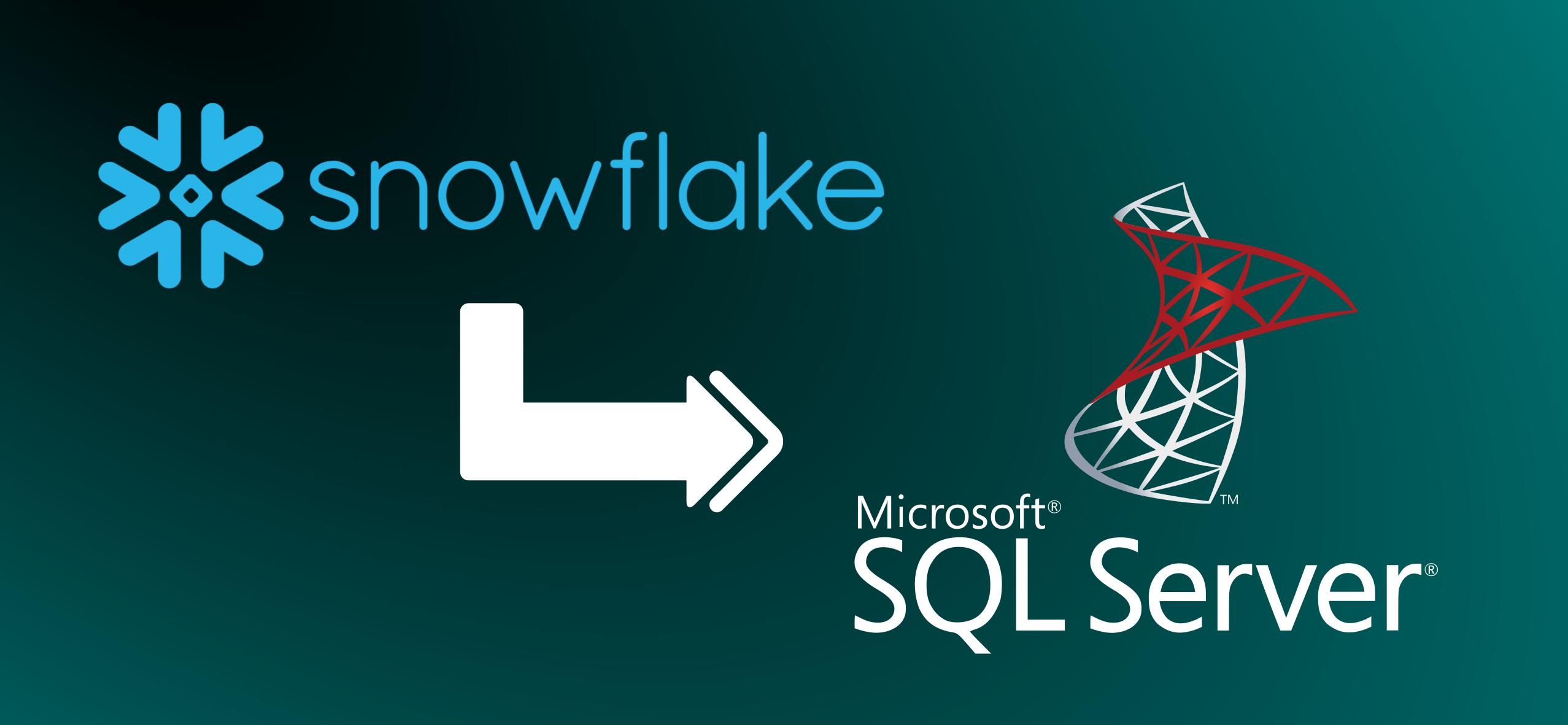
Snowflake and Microsoft SQL Server Data Warehouse (formerly known as SQL Data Warehouse or Azure Synapse Analytics) are both data warehousing solutions, but they have different architectures, features, and use cases.
Here’s a comparison between Snowflake and Microsoft SQL Server Data Warehouse :
Architecture:
- Snowflake: Snowflake uses a multi-cluster, shared-nothing architecture, which separates storage and compute resources. It offers elasticity and automatic scaling, allowing users to scale their compute resources up or down as needed.
- Microsoft SQL Server Data Warehouse: It uses a distributed, massively parallel processing (MPP) architecture. It also separates storage and compute but provides a more integrated approach within the Azure ecosystem.
Ease of Use:
- Snowflake: Snowflake is known for its ease of use. It offers a fully managed service with automatic performance optimization, therefore users can start querying data without worrying much about infrastructure management.
- Microsoft SQL Server Data Warehouse: While it offers powerful features, it may require more management and optimization efforts compared to Snowflake, especially in complex scenarios.
Scalability:
- Snowflake: Snowflake provides seamless and automatic scaling, allowing users to handle varying workloads without manual intervention.
- Microsoft SQL Server Data Warehouse: It also offers scalability but may require more manual tuning and scaling in comparison.
Data Sharing:
- Snowflake: Snowflake has robust built-in data sharing capabilities, allowing easy and secure sharing of data across organizations and partners.
- Microsoft SQL Server Data Warehouse: While it supports data sharing, it may require more manual setup and configuration.
Integration:
- Snowflake: Snowflake offers integrations with various BI tools and ETL pipelines, making it a versatile choice for analytics and data processing.
- Microsoft SQL Server Data Warehouse: It integrates well with other Microsoft Azure services and tools, providing a seamless experience within the Azure ecosystem.
Cost:
- Snowflake: Snowflake offers a consumption-based pricing model, where users pay for the resources they consume. It can be cost-effective for variable workloads.
- Microsoft SQL Server Data Warehouse: Pricing depends on the chosen Azure pricing tier, and users are billed for provisioned resources. Costs can be more predictable but may be higher for constant high workloads.
Security and Compliance:
- Snowflake: Snowflake has robust security features, including encryption, access control, and compliance certifications.
- Microsoft SQL Server Data Warehouse: It also offers security features and compliances but may require more configuration depending on the specific Azure services used.
In summary, Snowflake often favored for its ease of use and flexibility, especially for organizations looking for a cloud-native solution. Microsoft SQL Server Data Warehouse good fit for enterprises deeply invested in the Azure ecosystem or with specific requirements that align with its features.
Locus Academy has more than a decade experience in delivering the training, Staffing on Snowflake and Microsoft SQL server for corporates across the globe. The participants for the training, Staffing on Snowflake and Microsoft SQL server are extremely satisfied and are able to implement the learnings in their on going projects.


